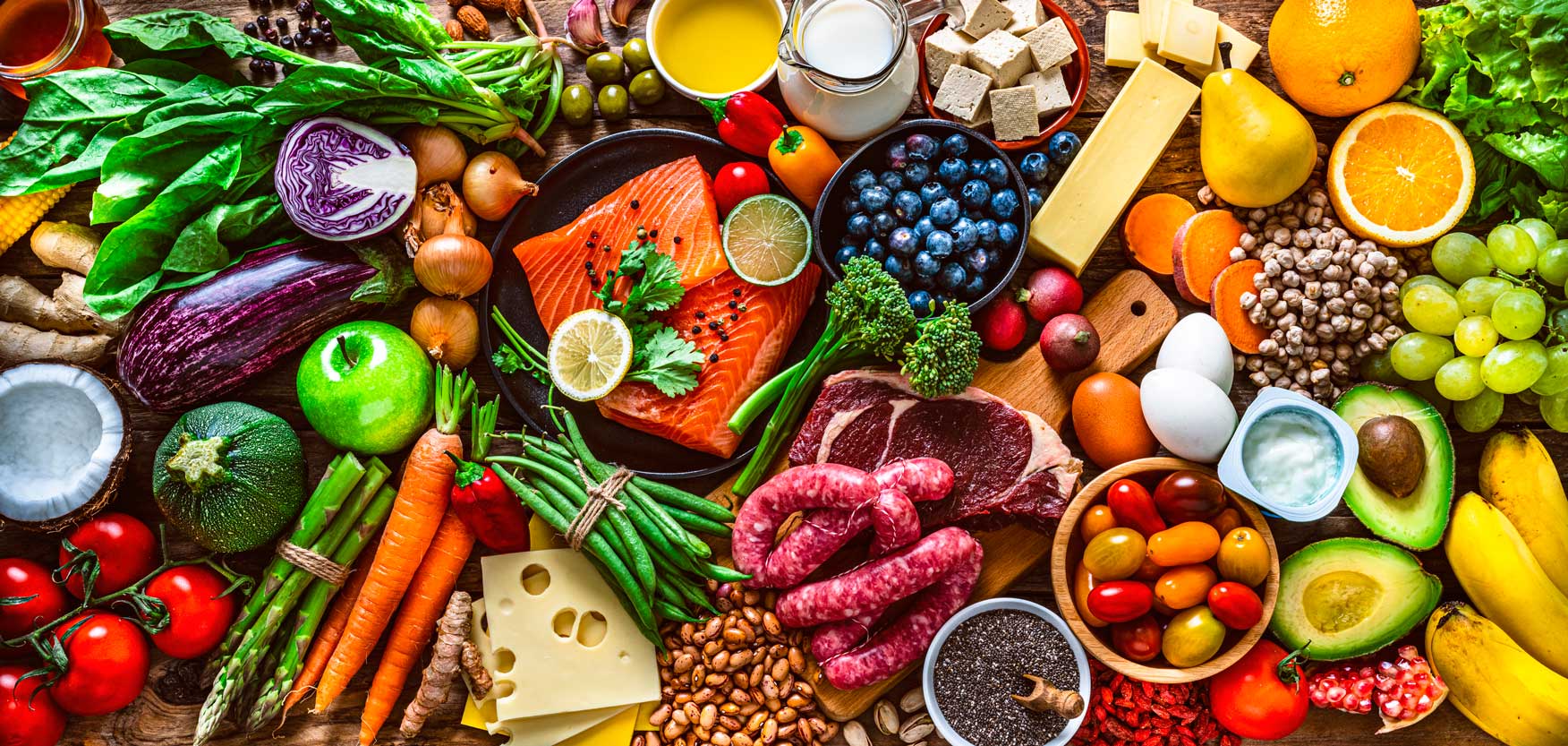For the meat industry, this provides a perfect opportunity to step in and educate shoppers on the health benefits of meat and the many ways it fits into a sustainable lifestyle. I took a recent vacation with my husband and three other 40-something couples. All of us were clearly following a high-protein, low-carb, low sugar diet and so, not surprisingly, red meat and fish were at the center of the plate at our meals. Protein also showed up in the form of convenient boat snacks like our favorite little charcuterie packs (that we refer to as our “adult lunchables”). While this group didn’t need convincing about the important role of meat in a healthy diet, many consumers are unaware or unsure about meat’s nutritional benefits, thanks in part to competing messaging from anti-meat groups and health organizations painting meat in a bad light. Here are three ways the meat industry can counteract that:
1. Promote the “complete protein”
Beef and pork are both complete proteins, meaning they contain the nine essential amino acids the human body doesn’t have the ability to produce; most plant-based alternatives are not complete proteins. Today, a small segment of consumers is beginning to understand the role of amino acids and consider the quality of the protein their body is getting. For all consumers, though, the message that meat is a complete protein – and what that means for their bodies – is an important one. When talking to consumers, it’s worthwhile to take the time to explain the benefits of a complete protein.
2. Leverage current diet trends
Right now, a lot of the popular diets focus on high-quality protein – paleo, Whole30® and ketogenic to name a few. Many diet-conscious consumers are typing the top meat keywords into Google for guidance on what and how to eat. Meat – real, whole, animal-based meat – should be at the top of every listicle and TikTok video about what to eat in a day while doing keto (or paleo or Whole30 or any other high-protein diet). How can we partner with influential voices in these diet spaces to ensure that red meat remains the cornerstone of their meal plans? Meeting shoppers where they are in their health and wellness journey is an important element of getting them to hear our message.
3. Don’t be shy about on-pack protein labeling
For years, we have been watching as center store grocery items added protein labels and callouts to the front of their packages. And it’s working. Over the past three years, sales of protein shakes have increased 34.6%, outpacing the total edible category.2 For the last couple of years, we’ve directly competed with plant-based meat alternatives with protein labels and callouts on the front of their packages. In the same way a chicken package that has a “No Hormones” claim makes consumers think the other chicken has something to hide, when the plant-based meat alternatives boast their protein content and we don’t, it gives the impression they have something that we don’t. Simply calling out on your package that the product is “high in protein” or contains “20g of protein per serving” could be the difference that causes a shopper to choose your package over another.
For beef shoppers, a “high in protein” claim is more important than an “Organic” claim, a “Grass-fed” claim or even an “Angus” claim.3 Lean into that this year as consumers look to better their health and seek guidance about how to do it. Our shoppers are hungry to keep meat at the center of their plates – they just need us to make it easier for them to choose real meat and understand the importance of protein in their diet.
2 IRI TSV MA, 156 weeks ending 12/4/2022.
3 Midan Marketing, Beef Attributes Research, September 2022

